#fossil turtle
Explore tagged Tumblr posts
Text
#2829 - Psephophorus terryprachetti - Pterry's Giant Pturtle

A very large, extinct, leatherback turtle from the Eocene, named after beloved author Terry Pratchett. He was pleased about this, saying that anybody that wasn't delighted about getting a species named after them was clearly a Pod being from the Planet Zog.
The first fossils from the genus were discovered by German Paleontologist Christian Erich Hermann von Meyer in 1846, but all he had were the dermal plates (not that different from the fossil above, really). That's probably why even by 1879, they still weren't clear on what it actually was - British paleotologist Harry Govier Seeley thought they resembled the armour of an armadillo.
The Pturtle was discovered in New Zealand in the 1990s. It would have been 2.5m long, in life.
Sadly, there's only one Dermochelyid turtle left in the world - the Leatherback Dermochelys coriacea, which is critically endangered in some areas. Leatherbacks are unique compared to other modern sea turtles because they lack a bony shell; instead, its carapace is covered by oily flesh and flexible, leathery skin. They're also the deepest-diving and fastest reptiles in the world, swimming down to over 1200m depth, at speeds of up to 35kph. Their constant activity and internal adaptations lets them run at a surprisingly high internal temperature - 18C above the surrounding water.
The biggest threat to leatherback survival is, unfortunately, humanity - hatchlings can be confused by artificial light and head inland instead of towards the water, older turtles are easily caught in fishing nets, and they can confuse plastic bags floating in the water for the jellyfish that form the bulk of their diet.
Otago Museum, Dunedin, Aotearoa New Zealand.
#Otago Museum#Dunedin#Dermochelyidae#Psephophorus#leatherback turtle#new zealand fossil#fossil turtle#terry pratchett#great a'tuin
210 notes
·
View notes
Text

Act like Megalochelys atlas and smile, because it’s Fossil Friday! One of the largest known land turtles, scientists think this massive reptile could reach heights of 5.9 ft (1.8 m)—tall enough to look a grown human in the eye. This specimen’s shell measures some 7.4 ft (2.3 m) long and in life, it may have weighed more than 2,000 lbs (907 kg). Megalochelys lived during the Late Pliocene about 2 million years ago. The fossil on display in the Museum’s Hall of Vertebrate Origins was found in 1922 in Chandigarh, India.
Photo: © AMNH
#science#amnh#museum#fossil#nature#natural history#animals#paleontology#turtle#herpetology#did you know#fact of the day#pliocene#fossil friday#cool animals#turtles#smile#ancient animals#reptiles
2K notes
·
View notes
Text

A spectacularly preserved soft-shelled turtle and fish fossil - frozen in time 50 million years ago From Green River
Photo by: Field Museum /Chicago
407 notes
·
View notes
Text


Ancient Shell-Less Turtle Species Identified From 228-Million-Year-Old Triassic Era Fossil
Eorhynchochelys
(2018)
Scientists have discovered remains of a rare kind of turtle, one that lived over 228 million years ago in the Triassic era and had no shell – the most common feature of present-day turtles. The nearly complete skeleton of the ancient turtle was found by researchers from China's Institute of Vertebrate Paleontology and Paleoanthropology in the Asian country’s Guizhou province. The animal had a toothless beak and Frisbee-shaped body just like present-day turtles, but there were no signs of growing bones that form the shell. Modern turtles use the feature to enclose their vital organs, including the head in some cases, and protect themselves "This creature was over six feet long, it had a strange disc-like body and a long tail, and the anterior part of its jaws developed into this strange beak," Olivier Rieppel, one of the researchers involved in the work, said in a statement. "It probably lived in shallow water and dug in the mud for food." As no such turtle has been described in the books of science, the animal has been classified as a completely new species. It has been named Eorhynchochelys sinensis, which means the ‘Dawn turtle with a beak from China’...
Read more: Ancient Shell-Less Turtle Species Identified From 228-Million-Year-Old Triassic Era Fossil | IBTimes
#prehistoric#paleontology#fossils#turtle#evolution#turtle evolution#animals#nature#china#asia#reptile#herpetology#science
365 notes
·
View notes
Text
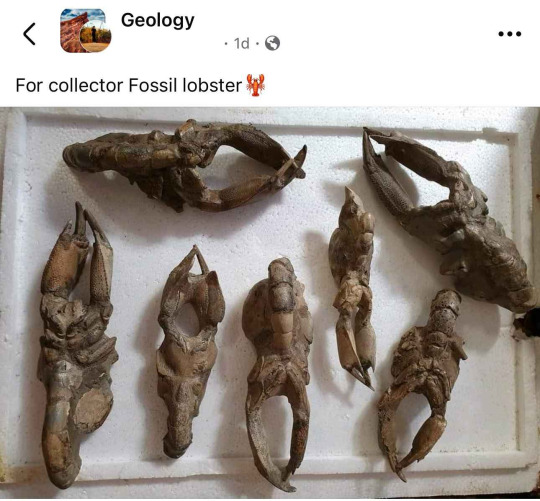

🎶Petrifying crawfish! Facebook power!🎵
#teenage queuetant ninja turtles#trochaic mutant ninja tetrameter#image id in alt text#teenage mutant ninja turtles#tmnt#fossils#lobster
184 notes
·
View notes
Text


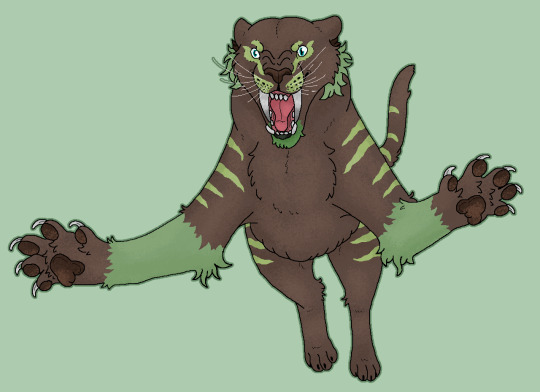







Last group of non-dinosaurs (besides Tryma...) for the first Fossil Fighters game! Onto Champions!
#fossil fighters#fossil fighters: champions#fan art#fanart#rhinoceros#brontothere#nimravidae#artiodactyl#cetacean#felid#elephant#gastornis#sloth#turtle#mammal#bird#reptile#brontoth#elasmoth#hoplo#andrarch#paki#smilo#mammoth#tryma#megath#chelon#and yes this is the hoplo from the poplo meme
48 notes
·
View notes
Text
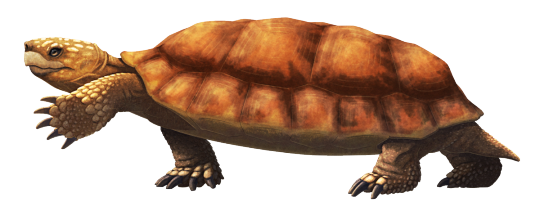
Jiangxichelys neimongolensis was a terrestrial turtle that was part of an extinct group known as nanhsiungchelyids, whose closest living relatives today are the aquatic softshell turtles.
(This species was previously known as "Zangerlia” neimongolensis, but has since been moved into the genus Jiangxichelys instead.)
It lived towards the end of the Cretaceous, about 75-71 million years ago, in what is now the Gobi Desert – which at the time was more of a semi-arid climate with both rivers and sand dunes.
Its 60cm long (~2') carapace had a long wide shape that made it appear rather flattened from the front, but not to quite as much an extreme as its larger American cousin Basilemys.
Several fairly well-preserved specimens have been found that appear to have been buried alive, probably either engulfed by sudden sandstorms or trapped in collapsing burrows. This has preserved some anatomical details previously unknown in nanhsiungchelyids, such as the pattern of scales on top of the head and the presence of large bony osteoderms on the underside of the front toes, which may have aided with traction on loose sandy ground.
———
NixIllustration.com | Tumblr | Patreon
References:
Brinkman, Donald, and Jiang-Hua Peng. "A new species of Zangerlia (Testudines: Nanhsiungchelyidae) from the Upper Cretaceous redbeds at Bayan Mandahu, Inner Mongolia, and the relationships of the genus." Canadian Journal of Earth Sciences 33.4 (1996): 526-540. https://doi.org/10.1139/e96-041
Brinkman, Donald B., et al. "New exceptionally well-preserved specimens of “Zangerlia” neimongolensis from Bayan Mandahu, Inner Mongolia, and their taxonomic significance." Comptes Rendus Palevol 14.6-7 (2015): 577-587. https://doi.org/10.1016/j.crpv.2014.12.005
Jerzykiewicz, T., et al. "Djadokhta Formation correlative strata in Chinese Inner Mongolia: an overview of the stratigraphy, sedimentary geology, and paleontology and comparisons with the type locality in the pre-Altai Gobi." Canadian Journal of Earth Sciences 30.10 (1993): 2180-2195. https://doi.org/10.1139/e93-190
Tong, Haiyan, and Lu Li. "A revision of the holotype of Nanhsiungchelys wuchingensis, Ye, 1966 (Testudines: Cryptodira: Trionychoidae: Nanhsiungchelyidae)." Cretaceous Research 95 (2019): 151-163. https://doi.org/10.1016/j.cretres.2018.11.003
Tong, Haiyan, et al. "New material of Jiangxichelys ganzhouensis Tong & Mo, 2010 (Testudines: Cryptodira: Nanhsiungchelyidae) and its phylogenetic and palaeogeographical implications." Geological Magazine 154.3 (2017): 456-464. https://doi.org/10.1017/S0016756816000108
Wikipedia contributors. “Nanhsiungchelyidae.” Wikipedia, 19 Nov. 2023, https://en.wikipedia.org/wiki/Nanhsiungchelyidae
#science illustration#paleontology#paleoart#palaeoblr#jiangxichelys#zangerlia#nanhsiungchelyidae#cryptodira#turtle#testudines#pantestudines#reptile#art#ancient mutant fossil turtles#turtle power
177 notes
·
View notes
Text
[ Chelon ]
"Chelon knows the rare Position Lock ability, which prevents its team from being rotated. Its skills are also Counter-proof, which allows it to attack with impunity."
100 notes
·
View notes
Text
Fossil Friday: Archelon
Apparently, there is a sea turtle protection society in Greece by this name which is cool but I a here to talk about the ACTUAL sea turtle called Archelon ischyros. Archelon lived in the Late Cretaceous Period about 80-74 Ma. At the time, the American Midwest was overed by the Western Interior Seaway.
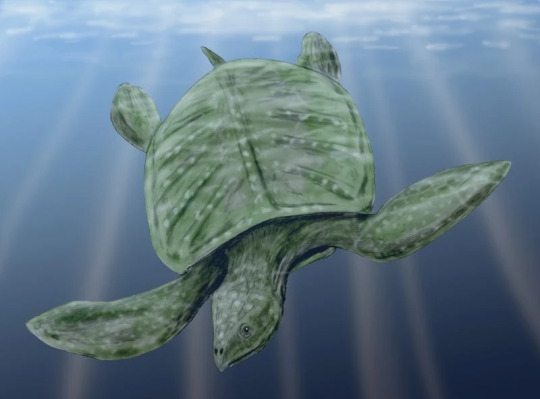
It was discovered by American paleontologist George Reber Wieland in 1895 in the Pierre Shale, a rock formation made of mostly, well, you guessed it, shale. Shales accumulate at depth in ocean basins.
Archelon lived alongside the mosasaur Platycarpus,

sharks,

(Squalus)
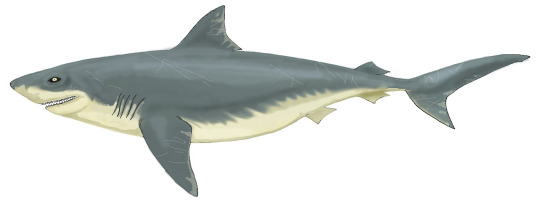
(Squalicorax)
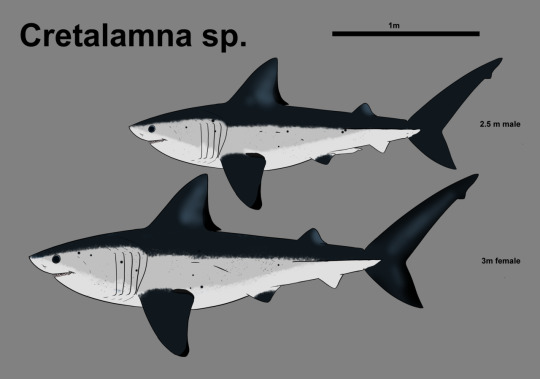
predatory ray-finned fish, Xiphactinus,
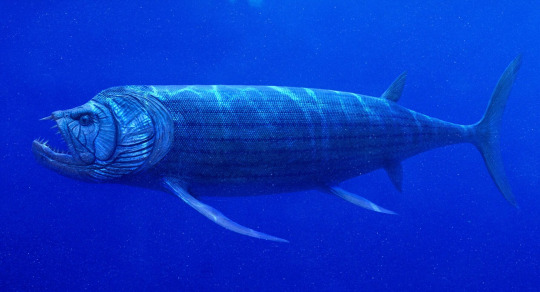
and an array of ammonites.
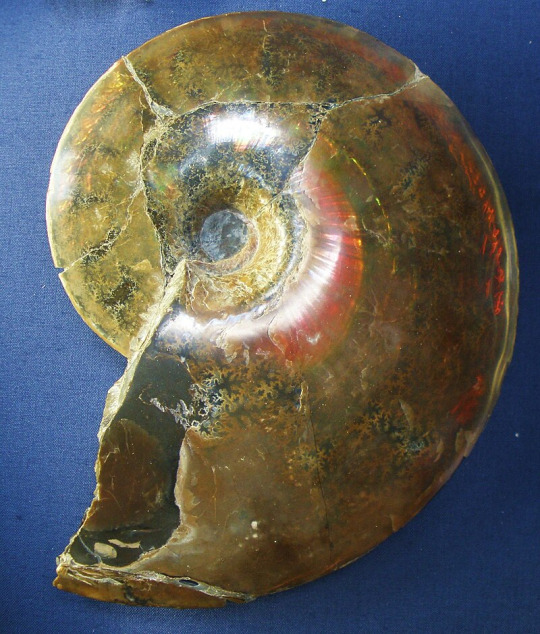
(Planticeras)

(Scaphites)
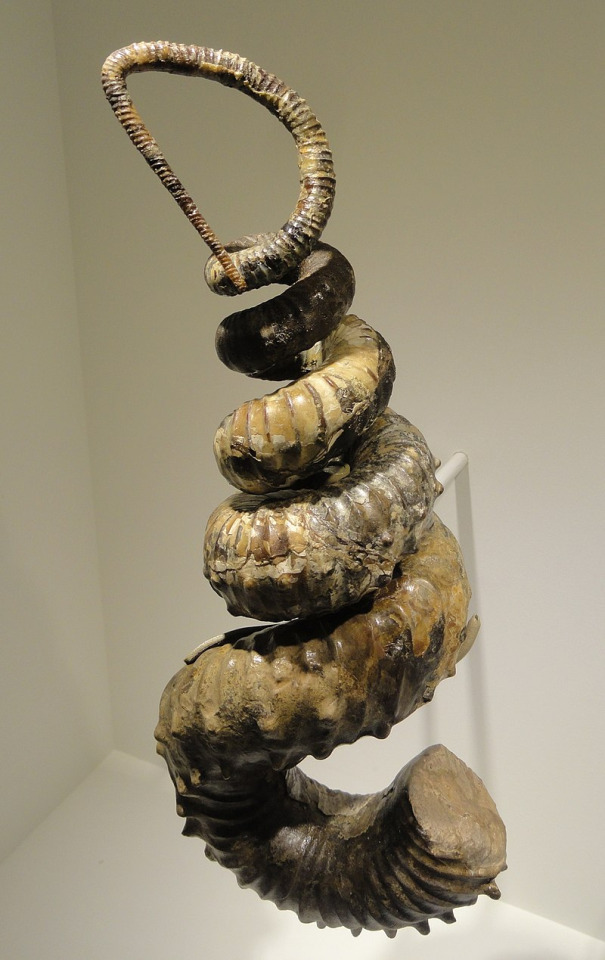
(Didymoceras)
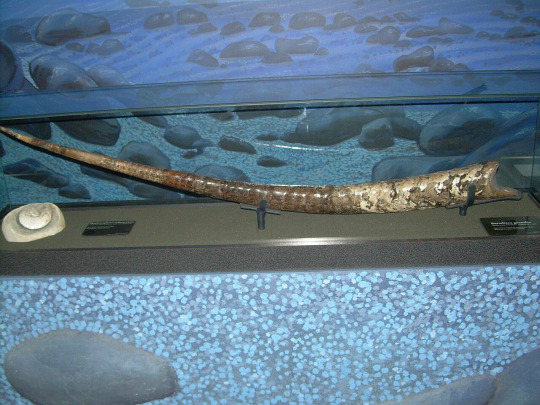
(Baculites)
Turtle phylogeny has been hotly contested for a long while thanks to their very strange morphologies (lacking extra openings in the skull, ribs and vertebrae expanding to create a shell). As of right now, most studies put them somewhere between lepidosaurs (lizards and snakes) and archosaurs (crocs and birds). It's debatable which they are closer to.
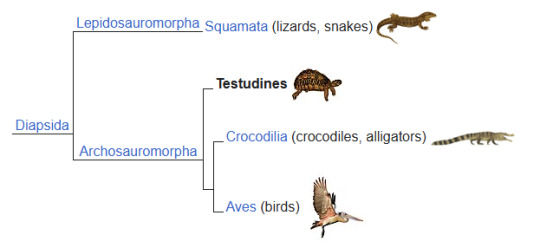
Either way, Archelon falls solidly into testudines, specifically in the clade protostegidae. This clade is completely extinct but their closest living relatives are living sea turtles.
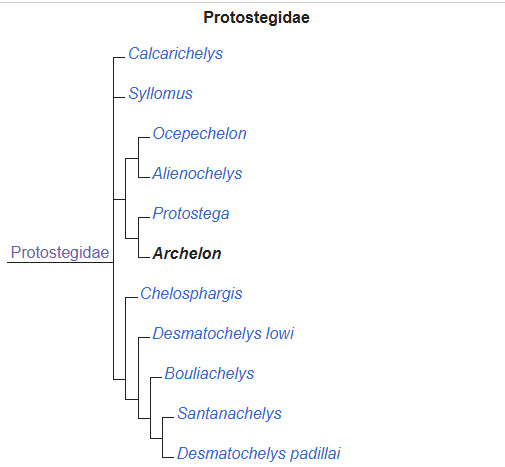
Archelon was the largest turtle to have lived at 11.5 ft long (352 cm). The largest specimen named Brigitta reached 15 ft (4.6m) in length. It had a pronounced hooked beak like a bird of prey indicating it was an obligate carnivore (must eat meat).

It's weak front flippers are similar to cheloniids (a group of living marine turtles) and indicate it probably preferred calm shallow waters to the deep sea. (Then again, it may be more like the Leatherback Sea Turtle than we realize and was a moderately good swimmer that could chase prey in the open ocean).
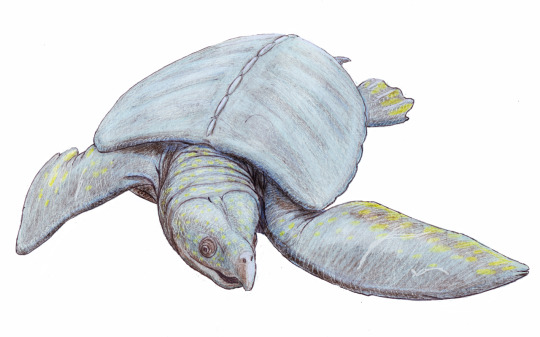
Overall, Archelon is a pretty cool animal. Have a good weekend and tune in Monday for another shiny metal. Fossilize you later!
#paleontology#fossils#fun facts#geology#science#science education#march madness#turtles#archelon#sea turtles#fossilfriday
27 notes
·
View notes
Text

Saint-Saëns: Le carnaval des animaux
20 notes
·
View notes
Text









⋆✴︎˚。⋆Not my normal content but wanted to share these photo⋆✴︎˚。⋆
—————————————————————————————————————
Went to the aquarium today and thought some of these pictures turned out pretty cool
#aquarium#aquarium fish#fish#ocean water#ocean#fresh water#sharks#turtles#sea turtle#eagle#flamingo#duck#ducks#lion fish#oceancore#ocean creatures#ocean core#atlantic ocean#sea#sea fossil#sea fish#fishies#aesthetic#mood board#moody#moody aesthetic#moody vibes#dark and moody#travel#adventure
9 notes
·
View notes
Text




Frank Slide, Turtle Mountain
Paleozoic, Middle Carbonate Unit
Silicate Fossils-likely crinoids
Dolomite, Chert, and Limestone
Frank Slide, Turtle Mountain
#photograph#photography#journal#record#archive#frank#Alberta#frank slide#geology#paleontology#fossils#paleozoic#chert#dolomite#limestone#turtle mountain#geography#rocks#crinoid
20 notes
·
View notes
Text

It’s a stupendous Fossil Friday! Let’s celebrate with Stupendemys geographicus, the “stupendous turtle.” This reptile lived during the Late Miocene some 5 million years ago, and it’s one of the largest turtles to have ever existed. Scientists think this giant’s carapace could grow up to 7.9 ft (2.4 m) long and that it could weigh up to 2,524 lbs (1,145 kg). Stupendemys geographicus is a pleurodire, or side-necked turtle, closely related to the living Podocnemis genus. No skull of Stupendemys has ever been found. The sculpted skull used in this exhibit is based on that of another very large pleurodire thought to be related to Stupendemys. See it up close in the Hall of Vertebrate Origins! Plan your visit.
Photo: © AMNH
#science#amnh#museum#fossil#nature#natural history#animals#fact of the day#paleontology#did you know#turtles#tortoise#herpetology#natural history museum#museum of natural history#american museum of natural history#cool animals#miocene#fossil friday
1K notes
·
View notes
Text
you don’t know what it’s costing me not to give Togame alllllllll the turtle pokemon purely for the comedy factor
#king’s court#wind breaker#togame jo#pokemon: verdant winds#his partner pokemon was originally rampardos because the way rampardos charges at people reminds me of togame#plus like. rock types seem like a good representation of his stamina/steadfast nature#could give him a bunch of fossil pokemon because he’s sooooo unchanging but like to the point it’s negatively impacting him#except this version of togame isn’t as fucked up as the canon one#like he benefits from meeting sakura but he’s not doing quite as much of a 180#anyway now I’m thinking carracosta for his partner pokemon#because. fossil rock turtle#so it checks all the boxes for me#he can have a craniados too#…I could give him a shuckle lmao
13 notes
·
View notes
Text
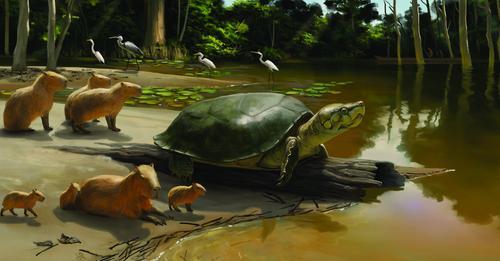
Newly discovered fossil of giant turtle is named after Stephen King novel character
Senckenberg Research Institute and Natural History Museum
An international research team led by Dr. Gabriel S. Ferreira from the Senckenberg Center for Human Evolution and Paleoenvironment at the University of Tübingen has described a new species of giant turtle from the late Pleistocene. Peltocephalus maturin is between 40,000 and 9,000 years old and comes from the Brazilian Amazon. With a shell length of about 180 centimeters, the species is one of the largest known freshwater turtles in the world. The armored reptile was named after the giant turtle "Maturin," a fictional character created by best-selling author Stephen King. With a maximum shell length of 140 centimeters, the Asian narrow-headed softshell turtle (Chitra chitra) together with the approximately 110-centimeter-long South American river turtle (Podocnemis expansa) is one of the largest freshwater turtles alive today...
Read more: https://phys.org/news/2024-03-newly-fossil-giant-turtle-stephen.html
49 notes
·
View notes
Text

46 notes
·
View notes